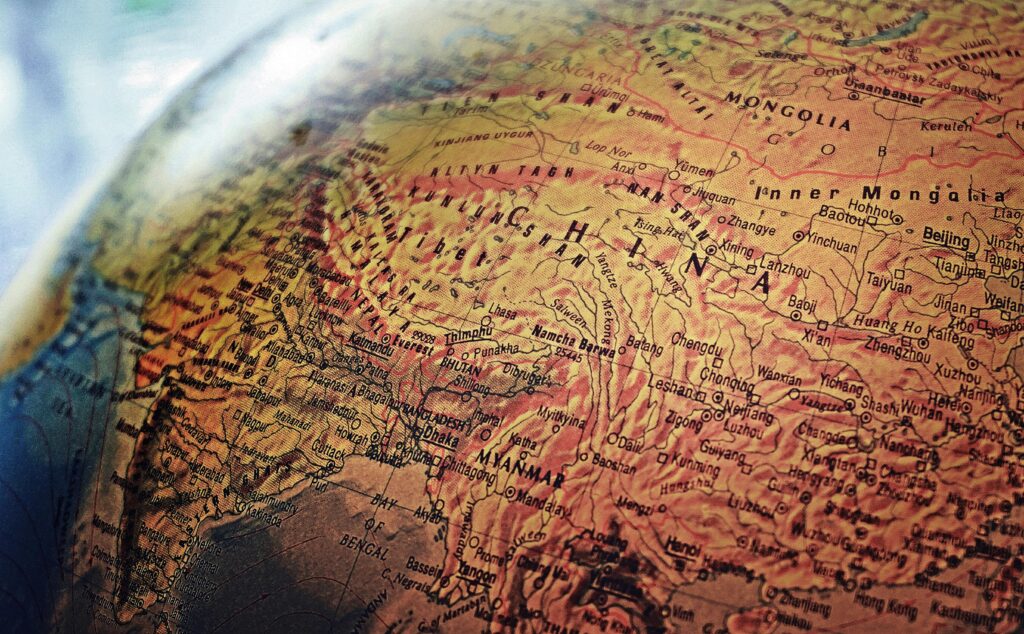Tired of disappointing Chinese translations? Learn 4 smart ways to simplify your Chinese translation projects, cut costs, and get better results—whether you’re a first-time buyer or frustrated by past vendors.
READ MORE >>>Chinese Translation and Localization Playbook on Business Growth
1 Chinese Translation Projects: Let Professional Translators Vet Your Documents First
Let the professional translators vet/filter the documents
Sometimes, all is not advisable. And what do we mean by that? There are instances you might think that you need to translate all the documents as your in-house team sees this as a good investment. But sometimes, that’s not the case.
An outsider like a professional linguist or translator can take a look at your documents first and see which one should be included. Just because you think a portion sounds right, it doesn’t mean it’s useful to the entire translated piece, especially on manuals and user guides.
So we suggest that an expert Chinese translator will check first all the documents for vetting before you go full blast on the translation process.
🎯Our goal: to get rid of the redundancies and save you more money especially on hundreds or thousands of pages.
2 Chinese Translation Tip: Let the Pictures Tell Your Story

Pictures can reduce the amount of text needed in Chinese translation work, saving both time and money. If you have marketing materials – brochures, flyers, guides, etc. – capitalize on the power of pictures to tell your story or articulate what you want to say to your target market. It may only require a few text over here and there, but it just makes sense to translate what is only needed and lowers the cost.
You can use graphs, stock photos, diagrams, and if you’re the creative type, drawings and paintings that match the translated texts in Chinese. Remember, colorful and vibrant ads are more attractive to your audience.
Adopt a “less is more” approach to content and choose your words wisely.
If you have marketing materials – brochures, flyers, guide, etc. – capitalize on the power of pictures to tell your story or articulate what you want to say to your target market. It may only require a few text over here and there, but it just makes sense to translate what is only needed and lowers the cost.
You can use graphs, stock photos, diagrams, and if you’re the creative type, drawings and paintings that match the translated texts in Chinese. Remember, colorful and vibrant ads are more attractive to your audience.
Adopt a “less is more” approach to content and choose your words wisely.
To make things even easier, here are some free and popular tools—including Chinese platforms—that can help you create high-quality visuals to pair with your Chinese translation projects:
| Tool | Description | Link |
|---|
| Pixlr | Free online photo editor with quick edits and effects. | https://pixlr.com/ |
| Fotor (Chinese company) | Online design & photo editing platform with Chinese interface. | https://www.fotor.com/ |
| 稿定设计 (Gaoding) (Chinese platform) | Popular in China for quick graphic design, great for social media visuals. | https://www.gaoding.com/ |
| 创客贴 (Chuangkit) | Chinese template-based design tool for posters, ads, and product images. |
🎯Our goal: to lessen the technical jargons and simplify the content while “marrying them up” with the pictures for more impact.
3 Chinese Translation Success: Clarity on Your Target Audience
China is a huge, diverse market and most people speak Mandarin or write Simplified Chinese. These are the standards in terms of general communication, but some places like the SAR Hong Kong and Taiwan use different written and speaking forms.
Some people in Guangzhou speak Mandarin, but Cantonese and Traditional Chinese are common in the southern part, including Hong Kong. And Taiwan, though they speak Mandarin, uses the Traditional Chinese in written form.
There should be clarity on the target market. Where you want to distribute your content, whether a promotional video, a website or a manual.
🎯Our goal: to maximize the pool of talents we have, whether they are Cantonese or Mandarin speakers and ensure you receive the correct forms for the ads.

Remember, human translators are your friends
And most of all, resist the temptation of doing it by yourself especially when it comes to the Chinese language. Machine translations are helpful, no doubt about that, but nothing beats a human translator’s touch on your documents.
How to get it right on Chinese translation projects. Because if there’s a will, there’s a way. And it can be stress-free on your side.
If you’re aiming to get your Chinese translation projects right, the process doesn’t have to be stressful. With the right team and approach, it can be seamless and hassle-free.
We’re here to help. Our experienced translators are ready to assist you in ensuring that your documents are accurate, culturally relevant, and tailored to your audience. Let us make your Chinese translation journey smoother and more effective. Contact us today to get started!
